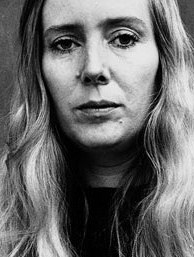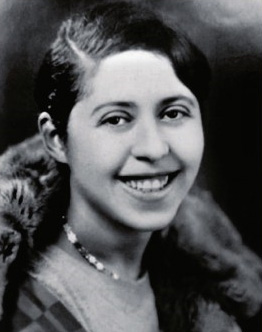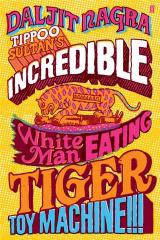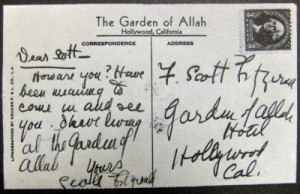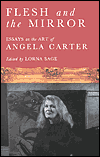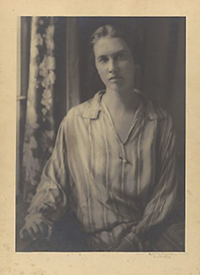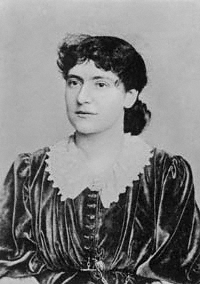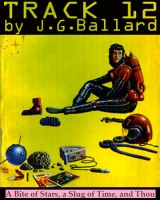Amit Chaudhuri, Friend of My Youth. Faber – TLS
In a recent lecture by Amit Chaudhuri on ‘Possible, Not Alternative Histories” of literature, he proposed the idea of authors being read to fulfil a particular need. So W. G. Sebald is valued for his melancholy European novels in the face of the ascendant global novel (an idea Susan Sontag first mooted), J. M. Coetzee satisfies the need for a writer who remains silent or speaks only figuratively in a time of extreme politics, and Roberto Bolaño answers the desire for a writer to be unclassifiable. It’s an interesting thought-experiment, not merely the concept of a writer expressing a cultural need, but the extension of the argument that readers bring something to the table, a set of assumptions that precede the act of reading. What need might Chaudhuri himself fulfil?
With the publication of Friend of My Youth, he is now the author of seven novels, greatly admired, particularly by his peers. He is often associated with a group of authors who address themes of migration, globalisation, and the difficulties of return. Michael Ondaatje’s poetic memoir, Running in the Family (1982), about a journey from Canada to his childhood home in Sri Lanka, is the obvious precursor of these works. It is a book Teju Cole discusses in his similarly lyrical autofiction, Every Day is For the Thief (2014), about an unsettling trip back to Nigeria from America, while Neel Mukherjee’s latest novel, A State of Freedom (2017), has two characters revisiting India who experience joy in old familiarities together with pangs of estrangement. As with Chaudhuri’s self-named narrator, the protagonists of these books are distrustful of memory with its glitches and blackouts, disoriented by changes wrought in the intervening years, and often treated like tourists in the land of their birth. When Chaudhuri crosses into Mumbai via the new Sea Link bridge (a journey also made by a returnee in Mukherjee’s novel), he is immediately tested by his taxi driver for authenticity, regarded as suspiciously as he himself views the new buildings rising across the city, “interlopers” disturbing his sense of how things ought to be. A writer, he is in India on a brief book tour and wants to reunite with the friends of his youth. But the oldest of these, Ramu, is away in rehab, others are not available, and anyway his habit of referring to the city as Bombay rather than Mumbai, its name for the last twenty years, indicates that the journey he has in mind might be just that: a chance to revisit memories, reflect on old relationships, and ruminate on the child he was, the man he has become.
Friend of My Youth is virtually plotless in the traditional sense, meaning that the novel has few events: Chaudhuri arrives, books into a club and notes its refurbishment; visits a district of the city he once knew and reflects on its “continuity” (the tranquillity artificially preserved by wealthy residents). He runs shopping errands for his wife and mother, is interviewed by a young journalist, and has dinner with a bookseller. But these unremarkable scenes do not mean that the novel is uneventful: the drama of the self, spun from Chaudhuri’s meditations and recollections, is artfully composed and utterly absorbing. At the heart of this drama are two shifting relationships: one with the city, which he comes to understand he knew very little of in his privileged youth; the other with his turbulent friend Ramu. Like Chaudhuri, Ramu is another “fantasist”, but instead of writing, he kicked against the dogma of the everyday through drug addiction. As Chaudhuri moves across the city, thoughts of the absent Ramu ripple through his mind, and like the Taj Hotel which was blown apart by terrorists in 2008 and then reassembled, he is increasingly engaged in the effort of trying to piece back together the mystery of their friendship: “There’s no question of going back. But the painstaking joining up of fragments is clear too.”
As Chaudhuri’s revisits more recent memories of Ramu, it becomes clear that what has sustained their long relationship is a common feeling of unbelonging, creating a mutual sensibility which on idle walks through the city they have exercised and refined (the novel opens with a quotation from Walter Benjamin). On these perambulations they note how globalisation has sent land prices soaring and caused landmarks to be knocked down. The city’s shiny new buildings are mirrored by Ramu’s bright insistence that he is alright, but both strike a false note. In their fifties now, Chaudhuri senses decay in his old friend, the life force leaking from him. But despite this troubling sense of an ending, of foreclosed possibility, the old friends continue their walks, and there is something stoical, triumphant even, in their flânerie: as time wastes them, so they luxuriate in the “precious wastage of time”.
During Chaudhuri’s lecture he also outlined another possible strand in literary history, one culled from his readings and misreadings. This “tradition” concerns the praise of sunlight and living in the moment, something he found in writings by Goethe, Nietzsche, Hardy, Tagore and Lawrence. In Friend of My Youth, as Chaudhuri and Ramu stroll about, “in communion” in their feeling for the city, they stop before an old building, a “gothic phantom” bathed not in sun but in moonlight, and Ramu exclaims: “I get transformed when I see these, yaar!” In an era of globalised neo-liberalism, Angela Carter once suggested, “alienated is the only way to be”. For Ramu and Chaudhuri, fantasists and escape-artists, children of a fissile city constantly “gutted…[ or] under construction”, this is a given. But awareness of our alienation can turn us inwards. What Chaudhuri perhaps senses in Ramu’s love of the city, the awe he feels (“mind-blowing!”), and the transformation it delivers, is a satisfying paradox: we are most in the moment when we are taken out of ourselves.
This review first appeared in the TLS as “The Only Way to Be” on 29.9.2017.


